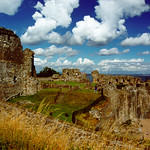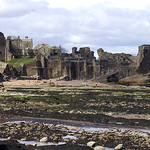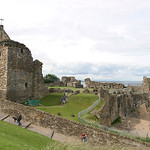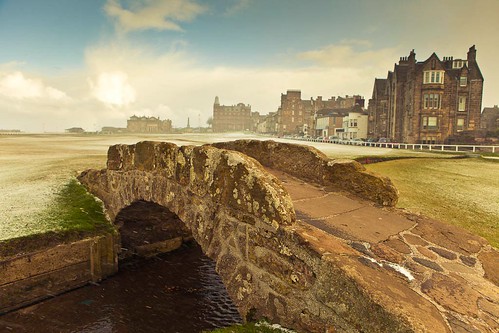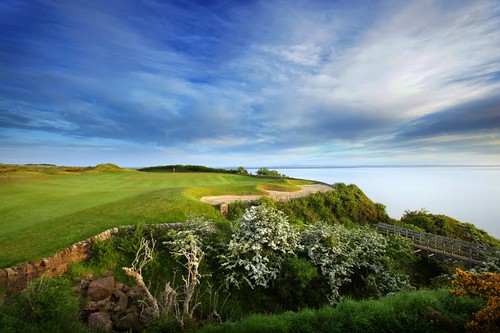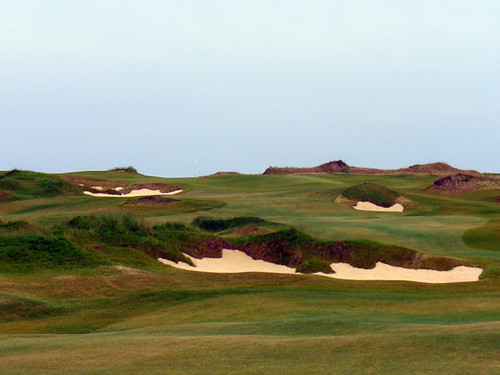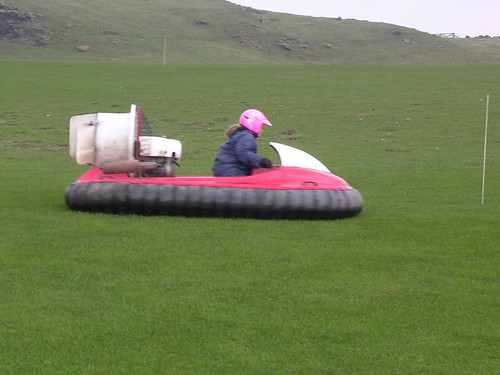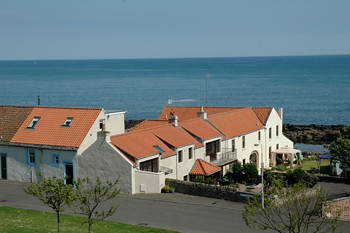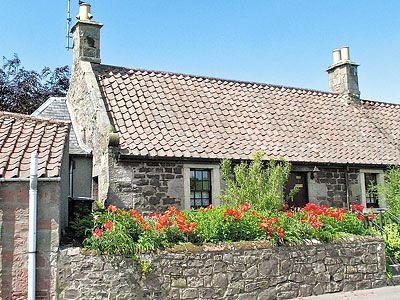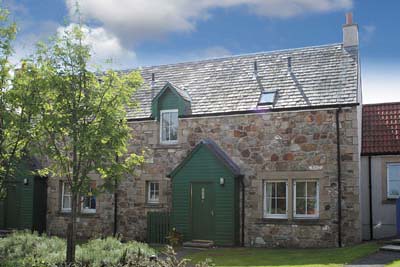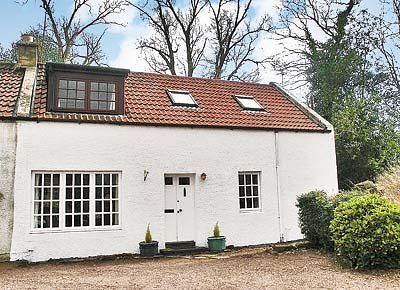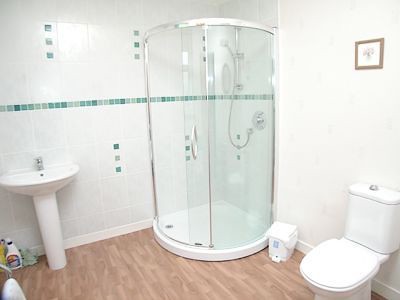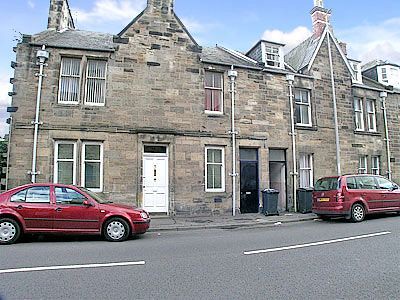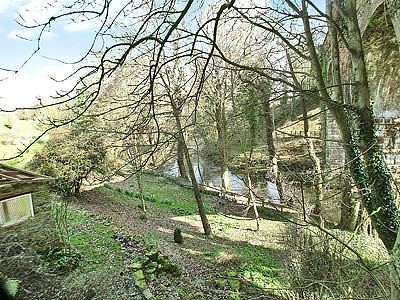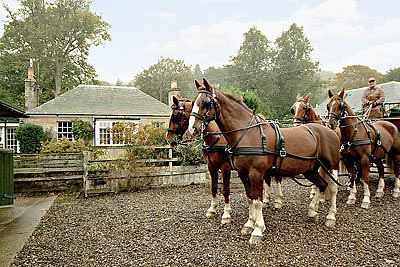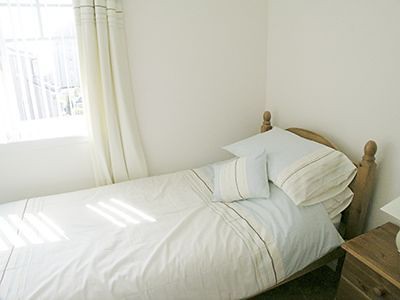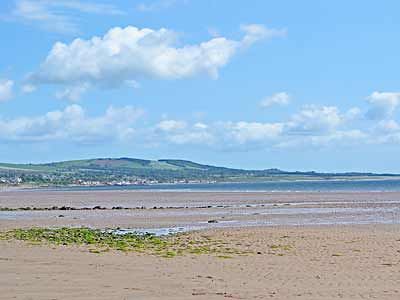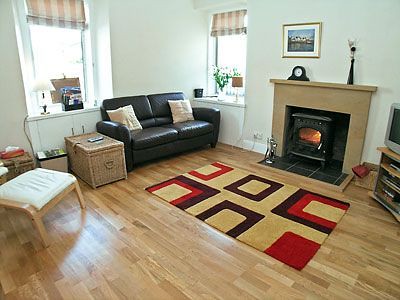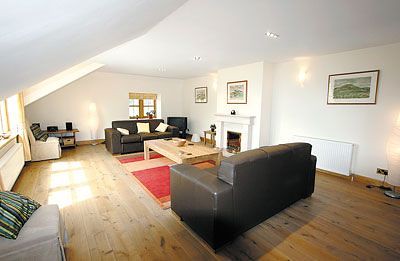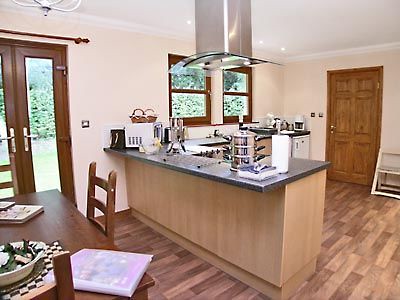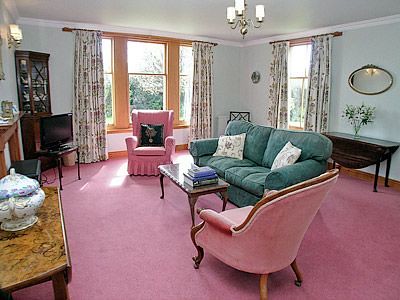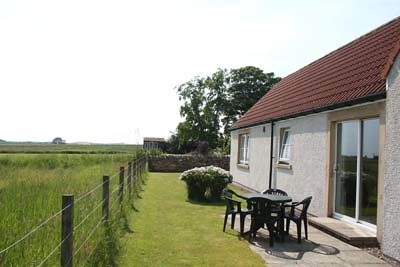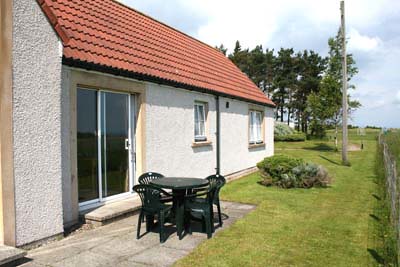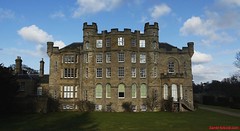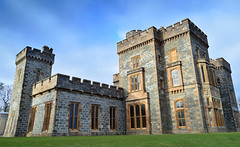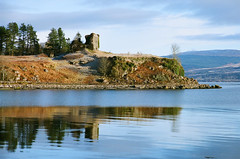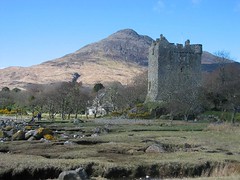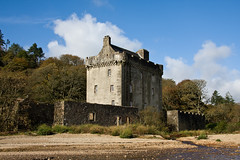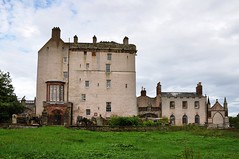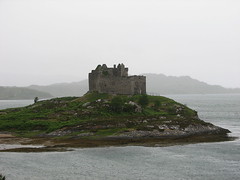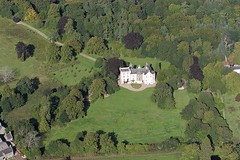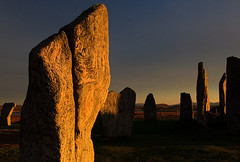St Andrews Castle
The main residences of the bishops of St Andrews. Now a dramatic ruin on the headland
St Andrews Castle has been a fortress, a palace and a prison. Today, it is largely ruined, battered by 400 years of wars and sieges, but the castle remains a fascinating visit on any trip to St Andrews.
Children will love the visitor’s centre, with its beautifully illustrated history of those who lived – and died – in the castle. St Andrews Castle’s infamous “bottle dungeon” and the underground mine and countermine are well-preserved evidence of the castle’s medieval past.
Unlike many dramatic castles, St Andrew's Castle genuinely lived Scottish history and has been at the centre of a number of historic episodes. The dramatic ruins now in their remarkable position by the sea make this a wonderful place to visit early on a summer's day.
History of the Castle
During the Wars of Scottish Independence, the castle was destroyed and rebuilt several times as it changed hands between the Scots and the English. Soon after the sack of Berwick in 1296 by Edward I of England, the castle was taken and made ready for the English king in 1303. In 1314, however, after the Scottish victory at Bannockburn, the castle was retaken and repaired by Bishop William Lamberton, Guardian of Scotland, a loyal supporter ofKing Robert the Bruce. The English had recaptured it again by the 1330s and reinforced its defences in 1336, but to no avail. Sir Andrew Moray, Regent of Scotland in the absence of David II, recaptured it after a siege lasting three weeks. Shortly after this, in 1336-1337, it was destroyed by the Scots to prevent the English from once again using it as a stronghold.
It remained in this ruined state until Bishop Walter Trail rebuilt it at the turn of the century. His castle forms the basis of what can be seen today. He completed work on the castle in about 1400 and died within its walls in 1401.
Use as a prison
During these years, the castle also served as a notorious prison. The castle's “bottle dungeon” is a dank and airless pit cut out of solid rock below the north-west tower. It housed local miscreants who fell under the Bishop's jurisdiction as well as several more prominent individuals such as David Stuart, Duke of Rothesay in 1402, Duke Murdoch in 1425, and Archbishop Patrick Graham, who was judged to be insane and imprisoned in his own castle in 1478.
Reformation and siege
During the Scottish Reformation, the castle became a centre of religious persecution and controversy. Referring to the bottle dungeon the Scottish reformer, John Knox, wrote, "Many of God's Children were imprisoned here." In 1521 James Beaton, then Archbishop of Glasgow, won the seat of St Andrews and took up residence in the castle. Beaton altered the defences to enable the castle to withstand a heavy artillery attack, which was a threat as tensions grew between English Protestants and Scottish Catholics. In 1538 James Beaton was succeeded by his ambitious and wealthy nephewDavid Beaton. Cardinal David Beaton's strong opposition to the marriage of Mary, Queen of Scots, with Prince Edward (later King Edward VI), the son and heir of Henry VIII of England, helped to spark renewed fighting in 1544.
Scottish Protestants were increasingly viewed as dangerous turncoats who sided with the English. In 1546 David Beaton imprisoned the Protestant preacher George Wishart (1513-1546) in the castle’s Sea Tower and had him burnt at the stake in front of the castle walls on March 1. Today, brick lettering with his initials marks the spot where he died. In May of that same year, Wishart's friends conspired against the cardinal. On May 26 they gained entry to the castle by disguising themselves as masons when some building work was in progress. After overcoming the garrison, theymurdered Cardinal Beaton and hung his body from his window on the front of the castle.
Following this murder, the Protestants took refuge in the castle and formed the first Protestant congregation in Scotland. A long siege was ordered by the Scottish Regent, James Hamilton, 2nd Earl of Arran. In October 1546 a mine was begun by the attackers which was successfully counter-mined by the defenders. Both the mine and counter-mine cut through solid rock. They were rediscovered in 1879 and remain open to the public today. Arran heard that an English army was on its way to relieve the Castle and asked Fife Lairds like John Wemyss of that Ilk to come by 4 November 1546, bringing his followers and whatever artillery they had to resist a sea invasion. Although Henry VIII made plans to assist the Protestants within the castle, the invasion never came and his son Edward VI did not send aid.
During an armistice in April 1547, John Knox entered the castle and served as the garrison's preacher for the remainder of the siege. For a time Knox had the freedom to pass to and from the castle to preach in the parish church. This peaceful interlude came to end, however, when a French fleet arrived bringing an Italian engineer Leone Strozzi who directed a devastating artillery bombardment to dislodge the Protestant lairds. The lairds knew an expert was in the field when their own Italian engineer observed cannon being winched into position with ropes rather than exposing the besiegers to their fire. Guns were also placed on St Salvator's and the cathedral towers. One of the largest Scottish cannon was called "thrawynmouthe." The castle was quickly rendered indefensible; within six hours according to Robert Lindsay of Pitscottie. The defeated Protestants were taken away: some were imprisoned in France while others, including Knox, were condemned to the galleys.
Decline and current condition of St Andrews Castle
Following this Protestant defeat, the castle was substantially rebuilt by Archbishop John Hamilton, the illegitimate brother of Regent Arran, and successor to Dr. David Cardinal Beaton. But following his death in 1571 it was mainly occupied by a succession of constables. Parliament separated the castle from the archbishopric in 1606, and it was granted to the Earl of Dunbar, constable since 1603. In 1612 it was returned to Archbishop George Gledstanes, but further attempts to re-establish the former estates of the Archbishop failed. With the eventual success of the Reformation in Scotland, the office of the bishop was increasingly eroded until it was finally abolished by William of Orange in 1689. Deprived of any function, the castle fell rapidly into ruin. By 1656, it had fallen into such disrepair that the burgh council ordered the use of its materials in repairing the pier. The principal remains are a portion of the south wall enclosing a square tower, the "bottle dungeon," the kitchen tower, and the underground mine and counter-mine.
Opening Times
| Month | Days | Times |
|---|---|---|
| 1 April - 30 September | Mon Tue Wed Thu Fri Sat Sun | 9.30 am to 5.30 pm |
| 1 October - 31 March | Mon Tue Wed Thu Fri Sat Sun | 9.30 am to 4.30 pm |
All our properties close on Christmas Day and Boxing Day. Please telephone to check for New Year opening.
Please note, the closing time of St Andrews Castle will be dependant on the weather throughout the winter months.
Admission Prices
All year (tickets for St Andrews Castle)Adult £5.50, Child £3.30, Concession £4.40
All year (tickets for St Andrews Castle and Cathedral)Adult £7.60, Child £4.60, Concession £6.10
Last ticket sold 30 min before closing time.
Some of the smaller monuments may close for a short period over lunch. Please telephone to check.
At weekends there may be sites closed at short notice due to adverse weather conditions or other reasons out with our control. While every effort will be taken to keep this information as current as possible, it might not appear on the website. Please telephone to check.



